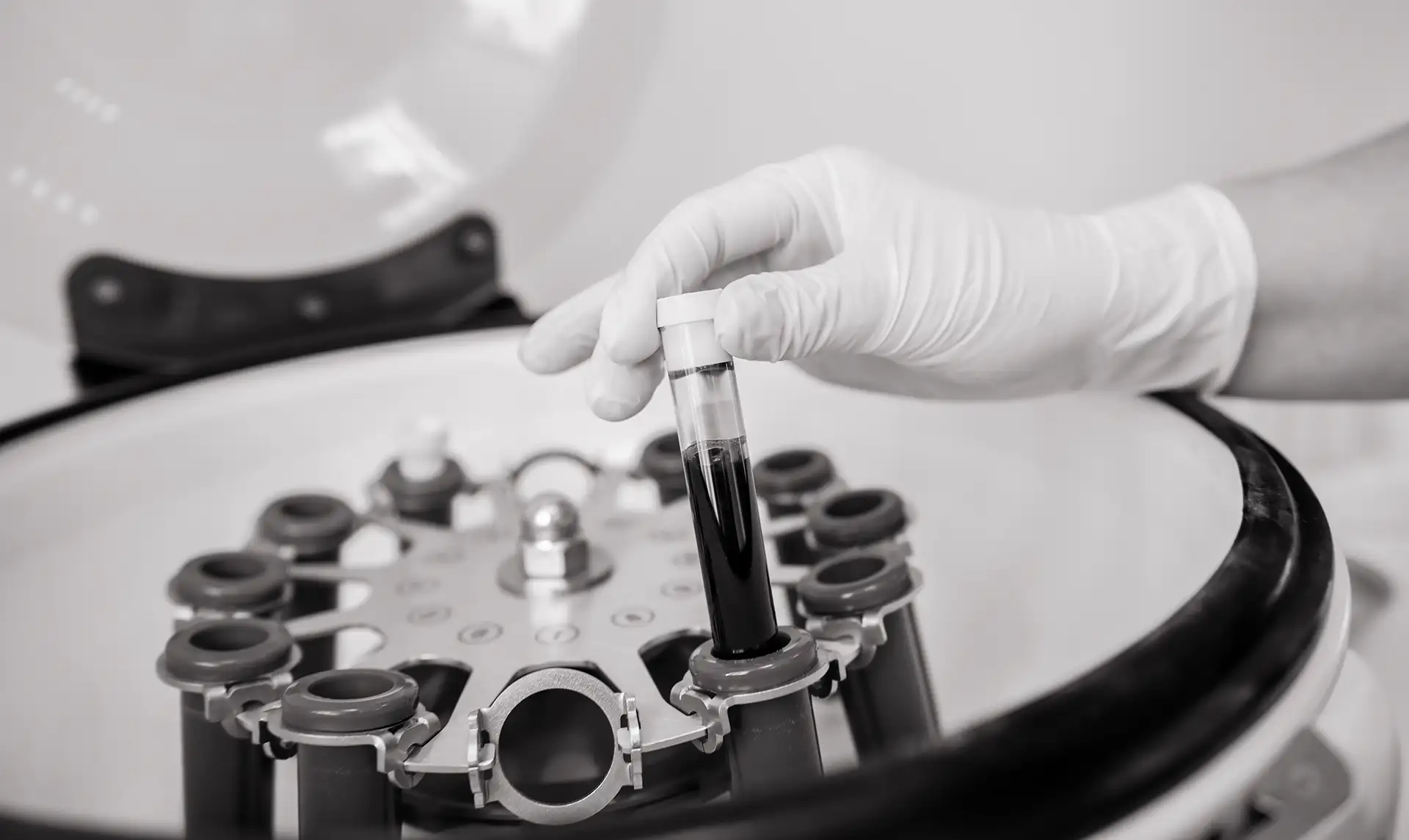KOAA News5 goes into the operating room with orthopedic surgeon Dr. Chris Jones, with Colorado Springs Orthopaedic Group for a total shoulder replacement surgery.
Read original article here by Ira Cronin, August 21, 2018
COLORADO SPRINGS – In this Your Healthy Family, we are going into the operating room with orthopedic surgeon Dr. Chris Jones, with Colorado Springs Orthopaedic Group for a total right shoulder replacement surgery.
As Greg Arnold told us in our last story, his active and athletic life of football and motocross took a toll on his shoulders. “By the time I was 40, the first doctor that took a look at them told me I had the arthritis of a 65 to a 70-year-old man. When Dr. Jones evaluated Greg’s shoulders he saw an opportunity to use a new surgical navigation application for total shoulder replacement, called Exactech GPS. GPS stands for guided personalized surgery, and it’s pioneering in terms of a guided surgery for total shoulder replacement.
Dr. Jones explains, “It all starts with advanced imaging. The CT scan gives us a 3D image on the computer and those images help guide us through the surgery. In the program, we can virtually place the prosthesis, or the replacement parts exactly where we want them before we go into the operating room. The software allows the surgeon to study the specific bone structure of the patient and how each implant needs to sit on the existing bone. Essentially erasing any guesswork a surgeon would have to rely on when it comes to perfectly executing their surgical plan.
Dr. Jones says, “This just takes it to the next level. It actually takes your plan and helps you to perfect it. Where you can really make a difference in terms of longevity (of joint replacement) is if it’s perfect, so this helps make it perfect.”
In the operating room after the patient is under and the shoulder joint is exposed, a fixed sensor is attached to the coracoid process of the patient’s scapula. There is also a sensor on the surgeon’s instruments to track where they are in space in relation to the fixed sensor. Both sensors are read by sensors mounted on a monitor placed just above the patient. With all the sensors communicating, the program then asks the surgeon to map specific points of the bone, in essence electronically painting the glenoid, and when what the sensors are reading matches the patient’s existing scan in the computer, the 3D model on the monitor shows colors of green. When all the sensors are in sync with the 3D scan in the computer, and the patient’s anatomy in space the monitor then shows in real-time, step by step each move the surgeon makes ensuring the preplanned angles and depths of pilot holes and screws are placed in the bone exactly where the surgeon planned.
Dr. Jones says, “We have used CT scans for a long time for this, but we would take the CT scan into surgery and we would have in our mind the three-dimensional picture (of everything we can’t see) once the patient is opened, and then use our surgical technique. That can be very challenging even for experienced surgeons.”
Greg had his surgery in mid-August and his wife says he was out of sling again just a few days after surgery and is healing nicely.
Colorado Springs Orthopaedic Group is a sponsor of Your Healthy Family.





